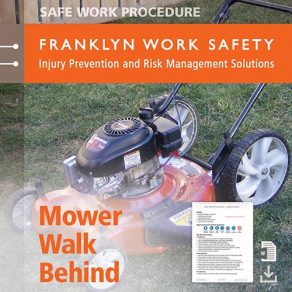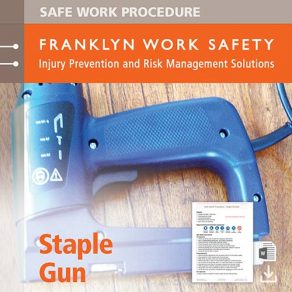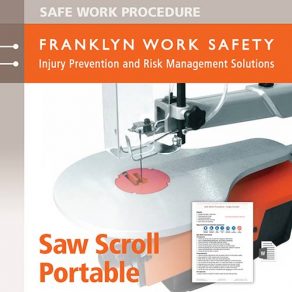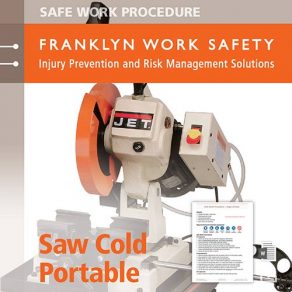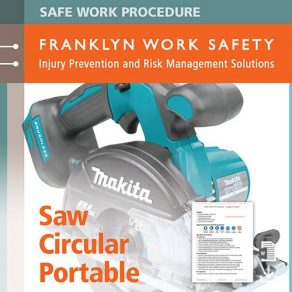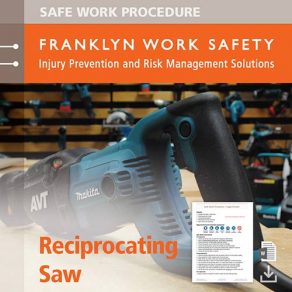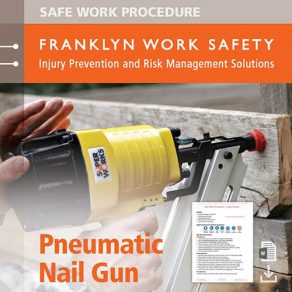The Health and Safety Executive (HSE) is the UKs equivalent of WorkSafe and Safe Work Australia rolled into one, and is a world leading body on safety and health management. The HSE is a strong advocate of conscious risk management, as opposed to total risk avoidance. The recently published “test” below from the HSE is targeted at schools, but can be applied to any organisation.
In which category does your organisation tick the most boxes??
Sensible health and safety management (Getting it right):
- the leadership team understand the safety policy and apply it practically to the real risks in the organisation
- key staff have clearly established roles and responsibilities
- paperwork is kept to a minimum with the significant hazards identified, their risks adequately controlled and precautions clearly documented where needed
- leaders consult with staff including employee / safety representatives – looking for practical solutions to health and safety issues
- learning is enabled by making proportionate decisions.
Going beyond sensible health and safety management (Going too far):
- the Board of Governors, Local Authority or school managers adopt an overly cautious approach which might include insisting on written precautions for even the most trivial risks
- the culture aims to provide an environment of absolute safety, where the elimination of all risks squeezes out all other considerations
- paperwork becomes a priority taking up staff time while sensible and practical suggestions for more appropriate approaches are not considered.
When we fail to demonstrate sensible health and safety management (Not far enough):
- no one leads or takes responsibility for health and safety
- there is a lack of understanding about risks, priorities and risk management
- precautions for higher risk activities, eg off-site or work at height, have not been identified
- important documents and records are not kept up to date
- senior managers are unaware of staff concerns and there is no engagement with staff on risk management
- members of staff are left to deal with difficult decisions without the necessary skills, experience and training
- key information is not passed to contractors working on site.
For more information on this topic from the Health and Safety Executive visit:
http://www.hse.gov.uk/services/education/sensible-leadership/getting-balance-right.htm#sensible

